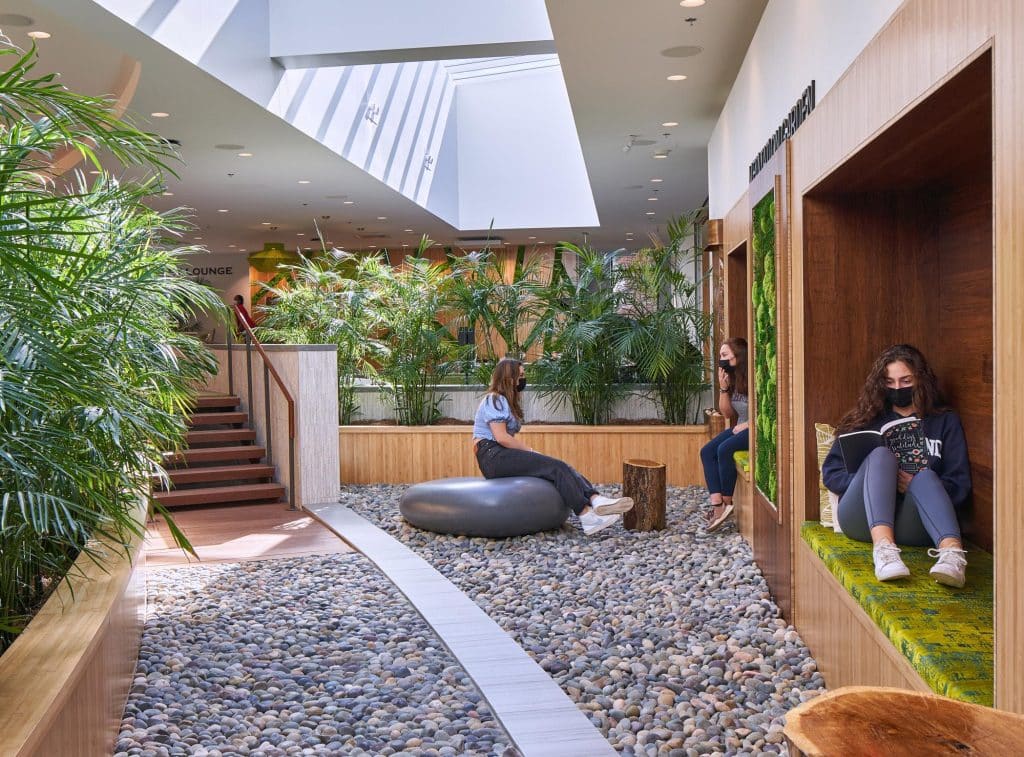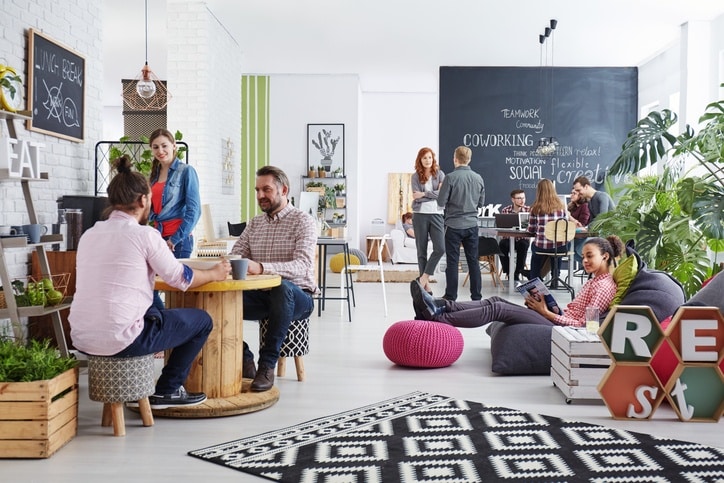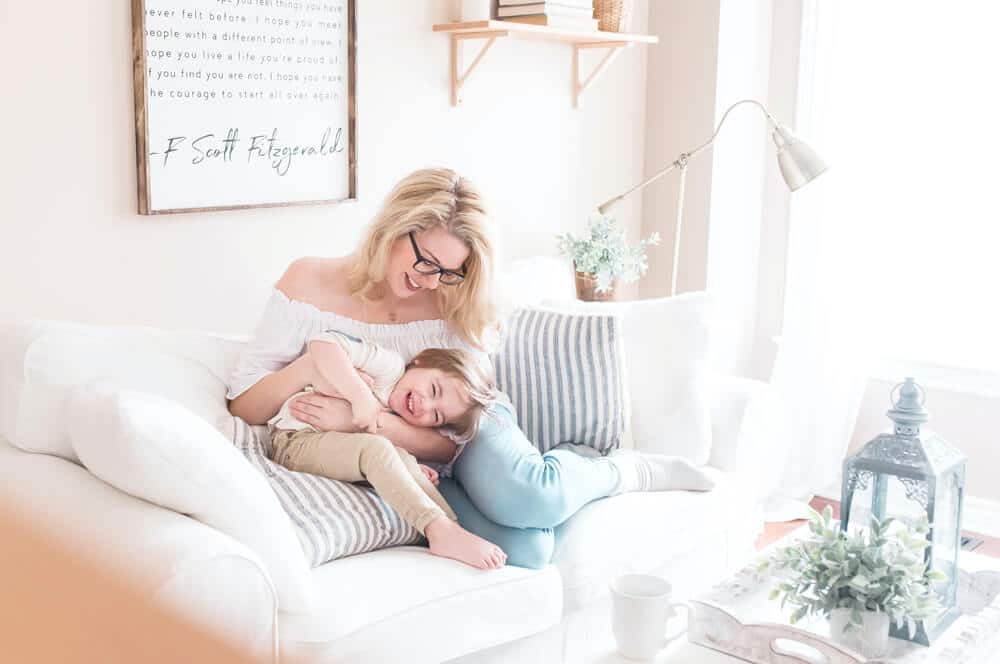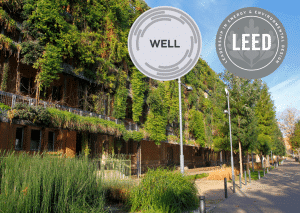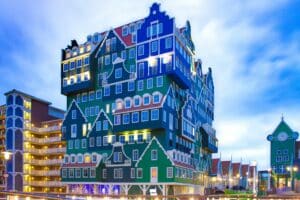Introduction No one actively seeks an unproductive or stressful day, nor a night of restless sleep. Yet, we often find ourselves in these situations. While there’s no foolproof plan for perfect days ahead, understanding the causes and taking small steps can make a significant difference. In our daily hustle, the impact of our environment on productivity, mental health, and overall wellness is frequently overlooked. The spaces we inhabit from our morning commute to our nightly slumber shape our experiences profoundly. This exploration delves into how external factors in the built environment affect us and how design principles, such as those in the LEED and WELL Building Standards, can facilitate healthier choices.
Morning Commute
Unless you’re perpetually working from home, the day usually starts with a commute. The mode of transportation, ambient noise, air quality, and even visual aesthetics set the day’s tone. Stress levels can spike in a noisy, crowded, or polluted journey, while a serene, comfortable commute can uplift our spirits.
Tips for a Better Commute:
-
- For Drivers: Find solace in traffic by listening to radio or podcasts. Consider carpooling or vanpooling as alternatives to reduce stress and environmental impact.
- For Subway Riders: In cities like NYC, be prepared for signal delays, crowding, and odors. Practicing mindfulness can help manage stress levels.
- Biking and Public Transport: Opting for biking or efficient public transport can lead to a more relaxed and environmentally friendly commute.
- Green Spaces: Incorporate routes that pass through or are surrounded by green spaces for a more serene commute experience.
LEED Building Standard’s Role:
-
- The LEED Building Standard advocates for developments close to public transportation and existing infrastructure. This approach not only minimizes single-vehicle commutes but also helps conserve biodiversity, contributing to a healthier and more sustainable commute environment.
Workplace Environment
Whether working from home or in an office, the environment greatly impacts our productivity and well-being. Factors like lighting, indoor air quality, and office layout are pivotal.
- Natural Lighting and Air Quality: Access to natural lighting and clean, fresh air is essential. They not only enhance cognitive function and productivity but also contribute to better mental health. Poor lighting and inadequate ventilation, conversely, can lead to decreased energy levels and concentration.
- Ergonomics and Movement: The use of ergonomic furniture, such as adjustable chairs and desks, and the creation of quiet zones and spaces that promote physical movement, are vital. These elements support physical health and mental clarity.
Tips for a Better Workplace Environment:
- Maximize Daylight: Utilize spaces with access to natural light when possible. If working from home, set up your workspace near a window.
- Thermal Comfort: Offices can sometimes be too cold. Carrying a sweater or a personal blanket can help maintain your comfort. At home, adjust your heating or cooling to a comfortable level.
- Feedback and Adjustments: In office settings, participate in thermal comfort surveys or communicate with building management about your comfort needs. This feedback is essential for creating a comfortable environment for all.
- Ergonomic Adjustments: Request or invest in a standing desk or an ergonomic chair for better posture and back support. This is particularly important for long hours of work.
Both the LEED and WELL Building Standards emphasize these aspects, highlighting the importance of health-centric design in workspaces. These standards guide the creation of environments that are not only functional but also conducive to physical and mental well-being.
Commute Back Home The return journey offers a chance to decompress. Quiet, comfortable, and safe transit options help transition from work to personal life. Routes with greenery and gentle sensory stimuli can reduce stress, easing us into home life.
Home and Bedroom Environment
At home, especially in the bedroom, design impacts relaxation and sleep quality. Minimal noise, comfortable temperatures, and soothing colors promote better sleep, crucial for recovery. Dimming lights before bed and reducing screen time are vital to avoid disrupting the circadian rhythm.
Conclusion Every element of our built environment, from commuting routes to bedrooms, influences our wellness and productivity. Aligning these spaces with health-focused design principles like those in the WELL Building Standard enables healthier, more accessible choices. Explore GBRI’s LEED and WELL AP Exam Prep programs for insights into becoming a WELL Accredited Professional or LEED Professional.
Upcoming Event: The WELL Building Standard – Your Gateway to a Thriving Career in Health & Wellness This complimentary 90-minute CE webinar by WELL Faculty members is your introduction to a multi-trillion-dollar field. It’s essential for those aiming to excel in WELL v2, improving our living and working spaces. The session covers WELL v2 updates and steps to become a WELL AP, offering 1.5 General CE units for LEED Green Associate, LEED AP with specialty, and WELL AP credential holders.
Call to Action Embrace change. Whether you’re a built environment professional or wellness enthusiast, GBRI’s WELL series offers resources to help create healthier, more productive spaces for all.

